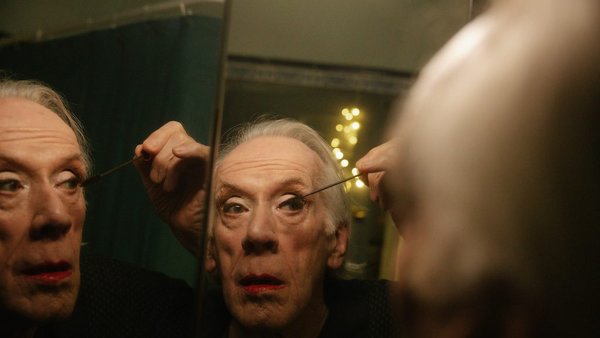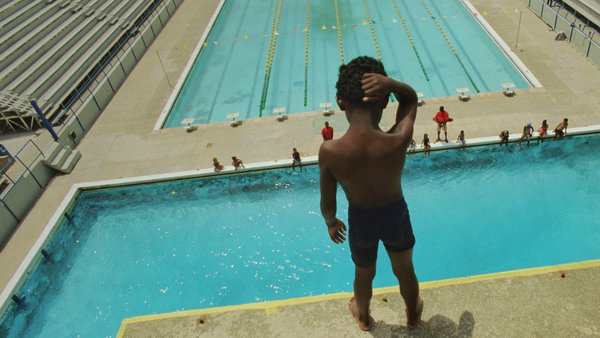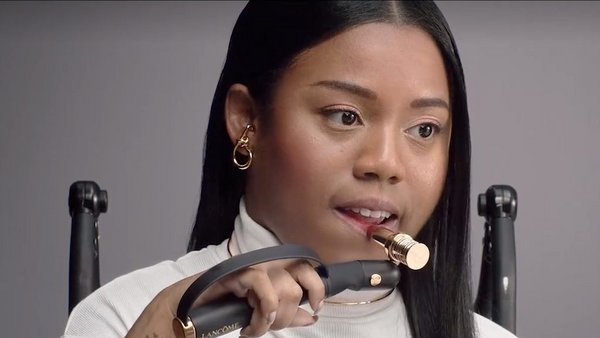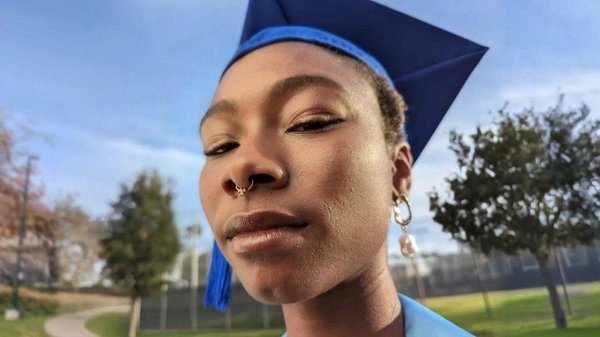DEFINITION: Brands are re-thinking their products, services and communications to help solve problems that affect people underserved in society
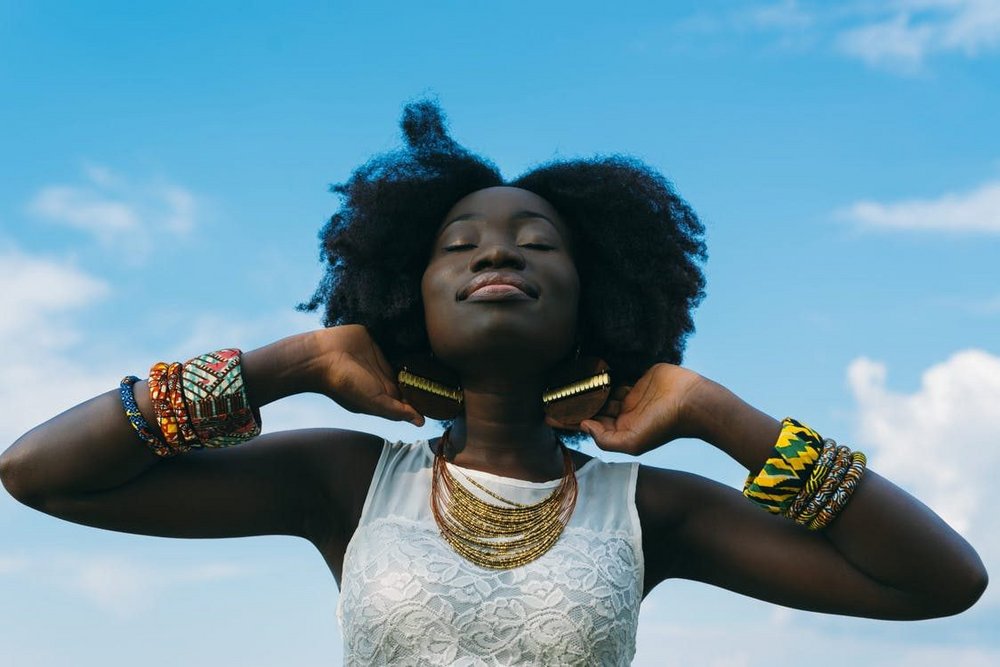
AT A GLANCE /
- More organisations are moving beyond just taking a stance on broad social issues and instead are solving real problems in people’s lives.
- If they can identify problems specific to their product, service or positioning, brands can ensure they’re not just posturing or paying lip service but making a tangible difference.
- By taking practical steps to promote inclusion, brands can attract more diverse customers and also make a statement about the values they hold.
- Working collaboratively with diverse communities can ensure products and services suit and support a variety of needs.

LANDSCAPE
Here to serve / Over the past decade, many brands have become more purpose-driven, aiming to add value to society, not just to their shareholders. We first wrote about the trend of Purposeful Brands in 2013, where we detailed how brands were beginning to act as NGOs, using their scale and infrastructure to step into the role normally occupied by governments, organisations, and charities. But more recently, instead of serving a general societal need, brands have been focusing on improving the experiences of specific, underserved groups of people.
Diversity and inclusion have become increasingly important issues for businesses in recent years, particularly as populations becomes more diverse. In the US, for example, Gen Z is more racially and ethnically diverse than any other generation, according to Pew Research Center, and less likely to identify as heterosexual.
At the same time, people are becoming more liberal-minded. Attitudes are shifting, and there is now a greater acceptance of differences in identities and lifestyles in much of the West. Young people in particular are ‘supporters of diversity, equality, and liberal values’, according to the Varkey Foundation, including gender equality (supported by 89% of 18-to 21-year-olds across 20 countries) and transgender rights (74%).
As consumers become increasingly socially conscious, there is a greater expectation for brands to take a stance on social issues. According to the 2021 Consumer Culture report released by 5W Public Relations, just over half (51%) of all consumers agree that brands they buy from must share their values, including when it comes to diversity and inclusion.

Mounting pressure / In the past year, the Covid-19 pandemic has brought systemic discrimination to the fore as it has disproportionately affected minorities and intensified inequalities. The World Bank has therefore called for social inclusion to be prioritised post-pandemic, while The United Nations has urged governments and organisations to ‘place people with disabilities at the centre of Covid-19 response and recovery efforts’.
Other recent events have also prompted calls for change. Following the murder of George Floyd in Minneapolis in May 2020, support for the Black Lives Matter movement increased nearly as much as it had done in the previous two years, per data from Civiqs. The resulting riots and social media response led to 11% of US adults to change their views on race relations, according to the Pew Research Center.
But against the backdrop of the movement, brands were called out their performative actions. L’Oréal, for example, was criticised for posting messages of support for Black Lives Matter on social media without taking any actions to end systemic racism at a business-level.
Great expectations / More than half of people now think that brands take a stand on issues purely for PR purposes, according to Sprout Social. To avoid these criticisms, it is becoming increasingly important that brands take direct action, rather than simply speak out on issues. According to the Edelman Trust Barometer, brands are now expected to help solve societal and personal problems. A majority (73%) of 395,000 people surveyed globally, meanwhile, agree that brands must act to do something good for society, according to the Havas Meaningful Brands Report.
Pierre Lipton, McCann New York
Expressing empathy / But why should brands bow to this pressure to do good? One benefit is that it can make them appear more empathetic. A study by Ipsos Mori found that, amid the pandemic, people believe it is more important for brands to show an understanding of their consumers as people, to care for them, and to take action on issues that they care about. And demonstrating these empathetic qualities can affect consumer behaviour – 68% agree that a brand’s response to the coronavirus crisis will impact whether they engage with them in future. The same study found that 86% of people believe that empathy is key to fostering loyalty.
So, to show that they are aligned with people’s values and to demonstrate empathy without risking accusations of posturing or paying lip service, brands are taking practical steps to promote inclusion and are addressing a wider range of issues including race, gender, sexuality, disability, and socio-economic status.
Often the best way for brands to address these issues is to identify an area where they can have a real and unique impact. As Pierre Lipton, global executive creative director at McCann New York, told us when we spoke with him about the work that Mastercard has done regarding trans rights, ‘The most effective and important way brands can support a cause is through their core competency. It’s examining how what you do every day can affect the world at large if you make adjustments.’ In other words, by leveraging their products, services, and communications, brands can serve people’s different needs in a way that makes sense for them.
PRODUCTS /
In the past few years, we have seen a number of brands focus on helping those with physical disabilities by providing a wider range of appropriate and accessible products. Tommy Hilfiger, Ikea and Ford, for example, have designed ranges and add-ons to improve the usability of their products for disabled people.
Brands are also beginning to address a wider range of issues to ensure that their products are as easy-to-use and engaging for as many people as possible. By guaranteeing that their products can be enjoyed by everyone, these brands can show that they are empathetic to the experience of each individual.
Even if brands are only directly helping a small group of people with a product or innovation, there is something to be gained. As Vicki Maguire, Chief Creative Officer, Havas London, told us, ‘You should be making work that is going to change lives, even if it’s just for one or two people.’
Microsoft / Xbox Adaptive Controller
In 2019, Microsoft developed a controller for disabled users. The controller, created by McCann New York, has several features designed to make gaming more accessible for those with limited mobility and other disabilities. The device is based around a principle of inclusive design – ‘solve for one – extend to many’ – which Microsoft has introduced as its design philosophy. It is also aligned with the company’s mission statement to ‘empower every person and every organisation on the planet to achieve more’ (read our Microsoft Brand Spotlight to learn more).
While people with disabilities have significant purchasing power – approximately 17% of the world’s population is disabled and this demographic has around $1.2 trillion in annual disposable income – this activation was about improving brand sentiment rather than increasing sales. As Kathleen Hall, vice president of brand at Microsoft, told us when we spoke with her about the campaign, ‘The Adaptive Controller is never going to be more than a decimal point on any revenue sheet, but what it represents and says about who Microsoft are and what Xbox believe in is invaluable.’
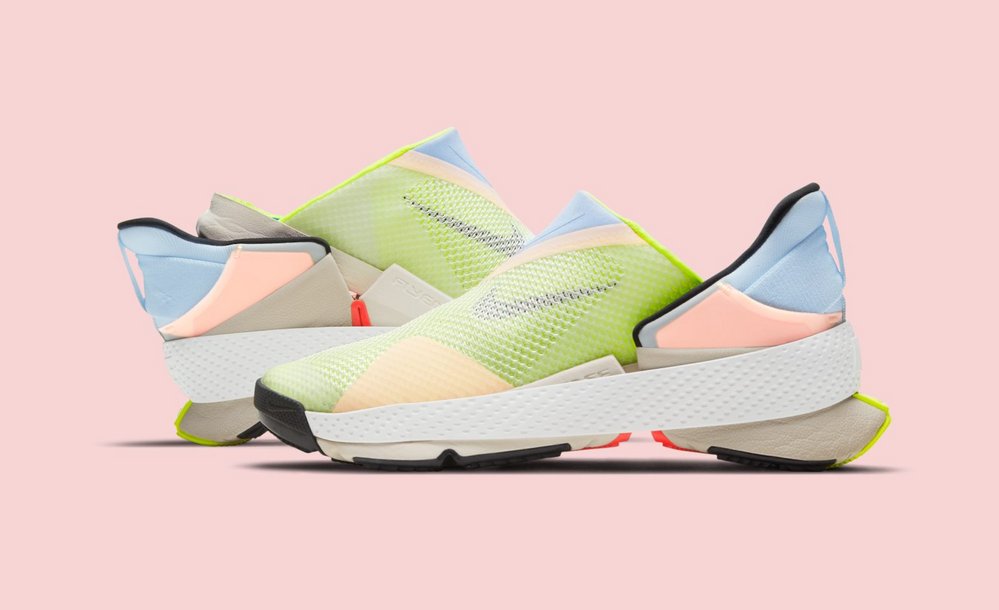
Nike / Go FlyEase
Nike’s Go FlyEase range – a hands-free shoe featuring a hinge-close mechanism – has inclusive design at its heart. The product, launched in April 2021, was designed for those with physical disabilities, but by designing for this community Nike found a way to serve anyone in need of an easy and convenient alternative to laces, from those with bad backs to busy mums.
By focusing on the needs of a narrow market, everyone can benefit from more sophisticated and accessible solutions. As Haley Toelle, designer at Nike, said ‘Always design for the most extreme case, that’s the hardest thing to do, and it opens it up to everybody.’
Degree / Degree Inclusive Deodorant
In April 2021, Unilever-owned Degree announced the launch of the world’s first roll-on deodorant, made for those with upper limb and motor disabilities and visual impairment. According to the team behind the campaign at Wunderman Thompson Argentina, the collaborative design process – which involved working with people with disabilities to test and improve the product – was essential to the product’s success. As Natalia Benincasa told us, ‘Without including these people, there was no way that we would be able to make it as valuable to such a huge range of disabilities.’
By taking people’s varied experiences into account during the design process – ideally by speaking to and working collaboratively with the people being served and supported by a particular product – brands can ensure it suits their many and varied needs. But again, this product launch was about showing empathy as much as supporting the bottom line. By showing the care and dedication to support an underserved group of people by developing a product specific to their needs, the launch gained global attention, with the campaign garnering over 2 billion media impressions for the brand.
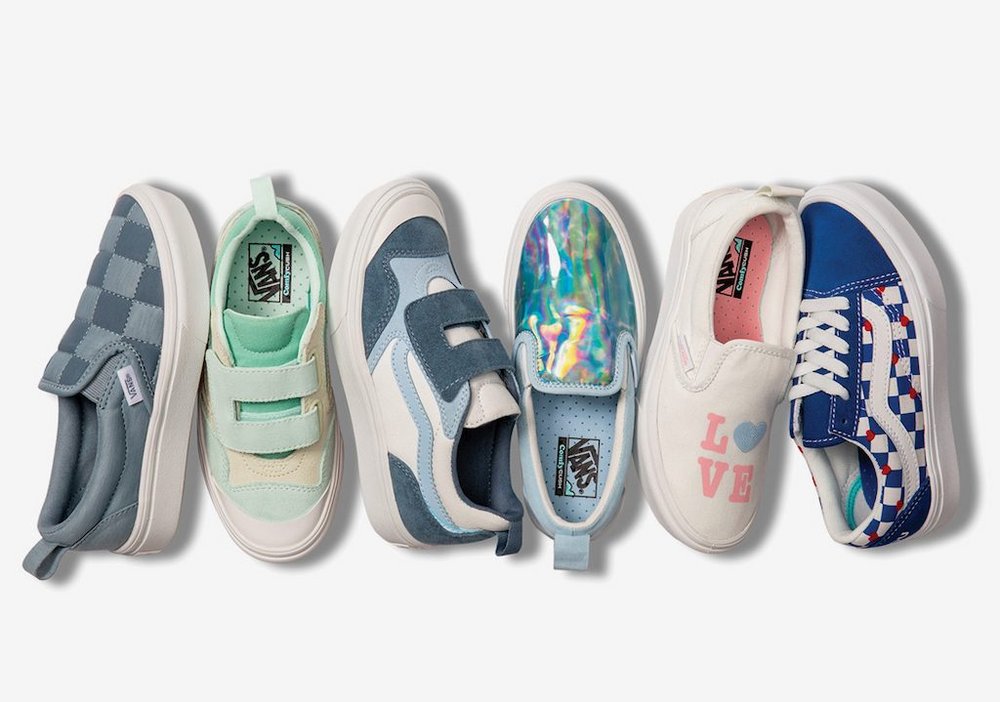
Vans / Autism Awareness Collection
Some brands have taken other differences – such as cognitive ones – into account when designing new products and ranges. In 2020, for example, skatewear and apparel brand Vans launched sensory-inclusive shoes designed for those with autism spectrum disorder (ASD). The shoes feature sensory-inclusive elements such as a calm colour palette to subdue sensory overload, foam-padded collars for additional comfort, and rubber toe caps for extra durability.
While being a useful and functional product for those with ASD and related disorders, the shoes also help Vans reinforce its status as a brand that celebrates individuality and self-expression.
SERVICES /
Brands have also been making an impact on people’s lives by launching services than can help solve specific problems.
In many countries, such as the UK, there are laws that state that service providers must not discriminate against customers because of specific characteristics or personal circumstance, but there are ways in which brands can go above and beyond to help those still under-served in society and not necessarily protected by such laws. In recent years, for example, we have seen several brands develop services that help people overcome legal and financial challenges that they encounter due to outdated legislation or processes that don’t take differences or diversity into account.
By supporting people through their services, brands can not only help those affected directly but more broadly can make a statement about the values that they hold.

Mastercard / True Name
In 2019, Mastercard rolled out a service called True Name to alleviate a pain point experienced by transgender and non-binary people. According to the brand, those who have shown ID with a name that does not match their identity risk being denied service or even harassed or attacked.
True Name provides a solution to this issue by allowing people’s chosen names to appear on the front of bank cards. Changing one’s name is easy and free-of-charge.
Mastercard, working alongside McCann New York, meaningfully entered the conversation around inclusivity by offering a solution it was uniquely positioned to provide, in a way that could also benefit the brand. As Oriol Bombi, global strategy director at McCann New York, told us ‘It’s good for the world, but the more people are in the system, and the more people use electronic payments, it’s also good for Mastercard.’
Even though this solution seems small it had a disproportionate impact as Mastercard committed to scale and pushed for PR coverage. As a result, the campaign achieved over 3 billion impressions in the first three weeks.
Starbucks / I Am
To mark Trans Visibility Day in 2020, Starbucks, alongside VMYL&R Brazil, turned its flagship coffee shop in São Paulo, Brazil, into a notary office to help transgender people legally change their name.
As Rafael Pitanguy, CCO at VMLY&R, explained to us, the transgender community in Brazil can find it difficult to change their names ‘due to prejudice, due to the expenses involved, due to bureaucracy’. Without these official documents, people cannot access financial services or apply for a job, and this is ‘hugely responsible’ for the fact that ‘90% live out of prostitution’, according to Pitanguy. So rather than updating an existing offering, Starbucks leveraged its wider network – in this case, one of its physical locations – to develop a service.
Pitanguy told us, ‘We wanted to make sure that we were not going to do anything that was opportunistic, or that doesn’t really deliver some kind of change.’ But the initiative also helped support the image of Starbucks as an inclusive brand that offers a warm and welcoming space within its coffee shops.
HSBC / The Homeless Bank Account
In 2019, UK-based bank HSBC, working with Wunderman Thompson UK, launched a service to help those without a permanent address gain access to financial services. It was developed to help homeless people – ‘one of the most vulnerable and overlooked groups in the country’, according to Wunderman Thompson UK associate creative director Mike Watson – and to encourage others to reconsider their misconceptions of homelessness.
While HSBC’s service is also offered by some other banks in the UK, no others have committed to it at the same scale and spent such considerable budget making people aware of the service (the media plan involved national TV spots, targeted OOH placements, and national press). As Watson told us, it shows ‘that HSBC aren’t too big to care but are big enough to make a difference’.
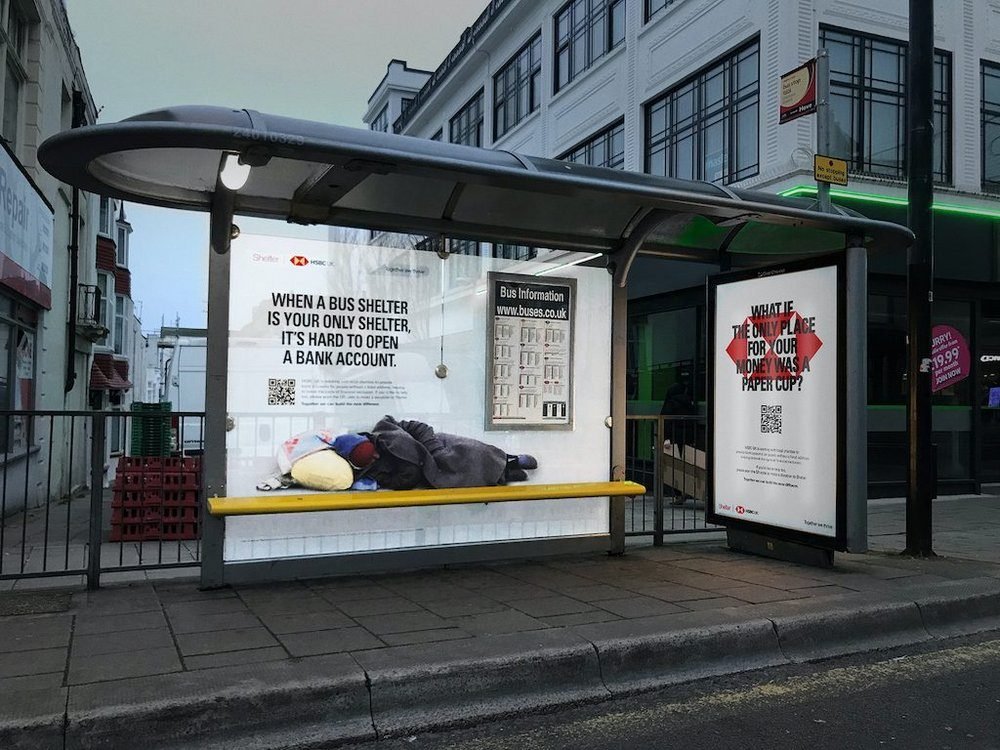
COMMUNICATIONS /
More traditional communications are also able to effect change in society. In recent years, brands such as Nike and P&G have supported a particular cause through their communications, taking a strong stance on an important social issue in an attempt to shift public perceptions. More recently we have seen some brands go even further by directly campaigning to convince policymakers and politicians to change and update discriminatory laws.
Importantly, when taking a comms-approach to solving problems in society, brands should either include a specific call-to-action or demonstrate an intent to provoke people, so that progress can be made.
Beats / You Love Me
In 2020, Beats released You Love Me, a beautifully crafted two-minute film that celebrates Black culture and calls out non-Black people for fetishizing, while also discriminating against, Black people. Created in partnership with Translation LLC, New York, the film reflects on Black lives not typically shown on screen and highlights the shared humanity of all Black people.
While there is no obvious call for action, this film is intended to ‘provoke people to think about their place in society’, according to Steve Horn, senior copywriter at Translation LLC. And, by taking a defiant, unapologetic stance, the brand was able to ‘make an impactful statement that is both equally timely as it is timeless’, according to Jay Legaspi, senior content strategist at Haworth, the media agency for the campaign.
Reach is key with a campaign aiming to make such a statement, and, according to the agency, the film recorded 5.6 million views on the first day alone and saw a total of 500 million views across all platforms.
Dove / The Crown Act
In 2019, personal care brand Dove acted to end hair discrimination. Several surveys have found that there is a race-based bias against hairstyles in the workplace, including one conducted by Dove that found that black women are 1.5 times more likely to have been sent home from the office because of their hair. So, the beauty brand partnered with organisations and activist groups to lobby on behalf of the cause, and asked others to get involved by signing a petition to pass the Crown Act, which bans race-based hair discrimination.
By March 2021, the petition had received over 255,000 signatures and the law to end race-based hair discrimination had been passed in 11 states in the US.

LadBible / Illegal Blood Bank
In the UK, media publication LadBible aimed to solve a problem specific to gay and bisexual men, by campaigning for them to be able to donate blood. Rather than simply releasing a statement of support, LadBible chose to directly protest a discriminatory law that banned them from donating blood.
LadBible leveraged its own online platforms to highlight the policy, which prevented specific groups from giving blood, and set up a blood donation drive targeted at those communities asking them to pledge a pint if the law were to change. In 2021, following a Department of Health investigation partly prompted by LadBible’s lobbying, a law was passed allowing gay and bi men to donate blood without having to abstain from sex.
Although this was a specific problem that only some of its audience was facing, it was one that was relevant to LadBible’s platform and positioning, which is centred on championing acts of kindness and bravery.
Beco / #StealOurStaff
Also in the UK, social enterprise and soap brand Beco used its platform – including its packaging – to appeal to other brands to hire their staff and to develop more inclusive hiring and working practices. The campaign also used traditional media placements, such as direct mail and outdoor, to call on business leaders and big companies to support this community.
The strong message and smart tone of the campaign allowed Beco to reach a wider audience than business leaders alone, recording over 100,000 video views and seeing a 259% increase in Twitter followers. Additionally, over 40 brands got in touch with Beco. Closing the disabilities employment gap is a challenging task, but this campaign proves that even smaller companies can make a difference by rallying others to get involved with their cause.

CONCLUSION /
Inclusivity has become an increasingly important topic for brands and businesses but by focusing on the impact that these products, services and communications have, brands can make a difference to people’s lives. And, if lots of organisations focus on what they can do better, these incremental improvements can add up to real progress.
Key takeaways /
- Support a cause through your core competencies: leverage your products, services or positioning to make an impact. Consider how your brand is uniquely placed to make a difference and, specifically, whether there are any products or services that can be adapted or innovated to suit a wider variety of needs and support different groups of people.
- Widen the impact zone: Even when a solution might seem small, brands can have a disproportionate impact by committing to scale. It’s not just the big corporate giants that can change the world.
- Connect with communities: Get close to your consumers and to these specific groups of under-served people to understand what their problems are. Then, work collaboratively with them, and bring the community along with you during the design and development process so that you can ensure you answer their needs.

